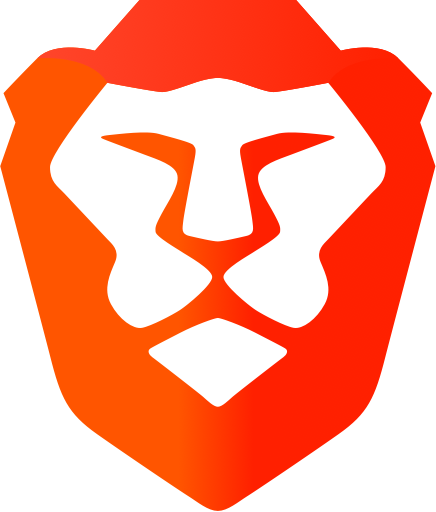Maximizing SEM Reach with Brave Search Ads
The Evolving Search Landscape
Google continues to dominate the U.S. search market, commanding 89.5% of referred traffic, as reported by Cloudflare Radar. While this is well known among paid search marketers, the search landscape is shifting as users explore alternative engines that offer unique features Google has been slower to adopt, aiming to maintain the status quo.
As of June 2024, Brave Search has emerged as the fourth largest alternative search engine and the third largest independent global index, trailing only Google and Bing. It's also the fastest-growing search engine in the United States, Canada, France, Germany, and the United Kingdom.
Source: U.S. search market share, Cloudflare Radar Q2 2024
The Case for Diversification
Google alone reaches about 9 out of 10 searchers, but to capture the remaining 10% of internet users, advertisers must expand their campaigns to alternative platforms like Bing (which includes DuckDuckGo inventory). Leading brands also leverage Yahoo and Brave Search to broaden their reach across the web. Together, these four platforms allow advertisers to tap into 99.3% of the search market.
Key Benefits of a Multi-Platform Strategy
- Incremental Traffic and Sales: Achieve performance similar to or even better than Google.
- Cost Optimization: Balance costs between platforms to avoid diminishing returns.
- Support Independent Search: Contribute to a healthier, more diverse advertising landscape.
Who Should Consider Brave Search Ads?
Brave Search Ads are particularly well-suited for brands with significant paid SEM operations, especially those with extensive online product and service catalogs. To determine if your brand qualifies for Brave Search Ads and to explore a risk-free trial of up to 30 days, check your eligibility today.

